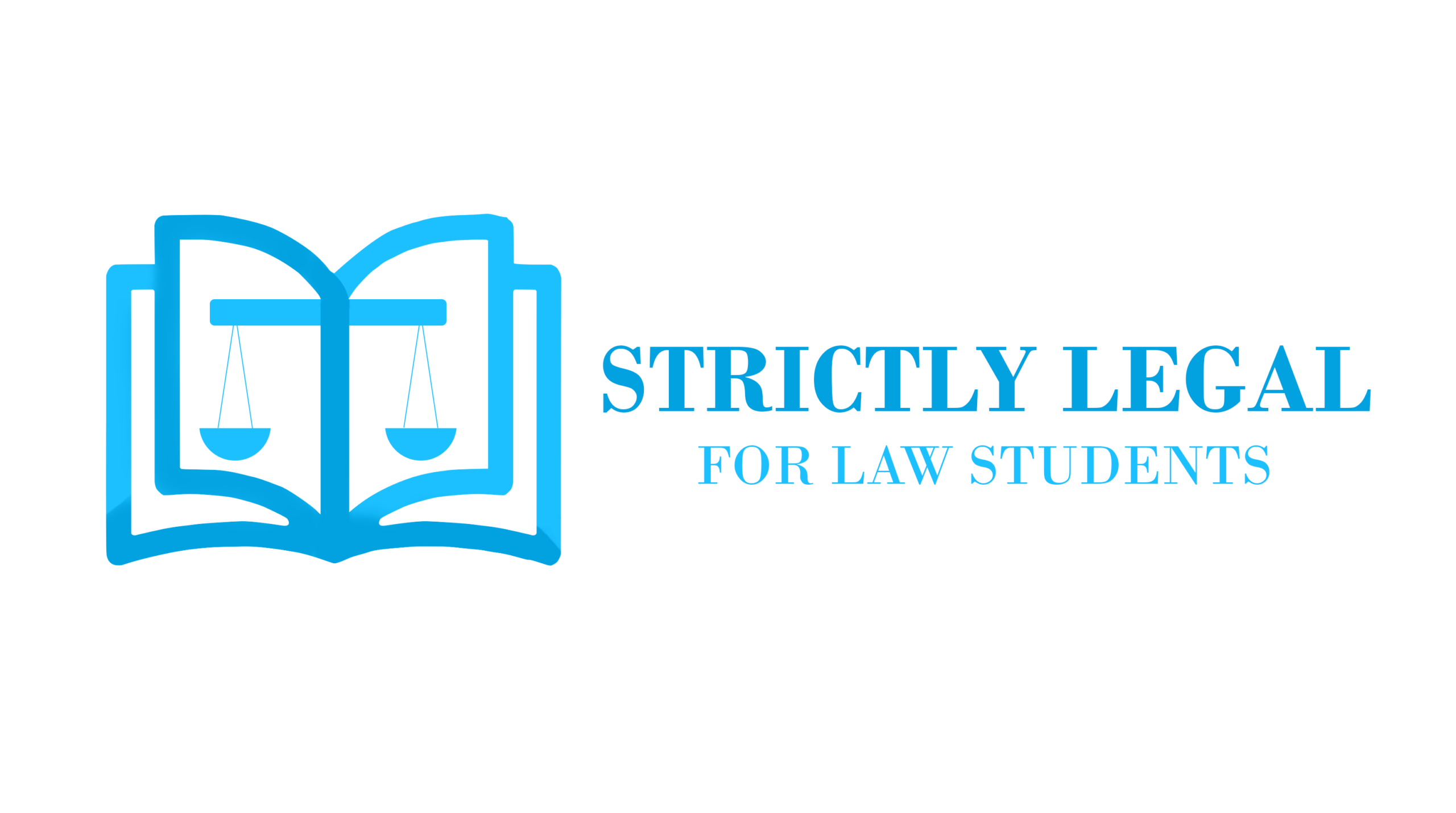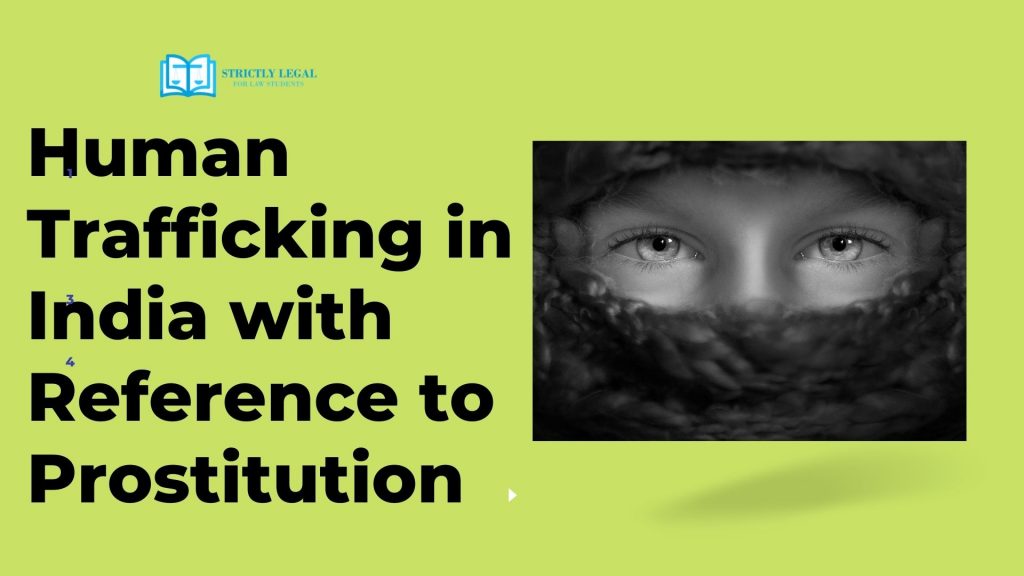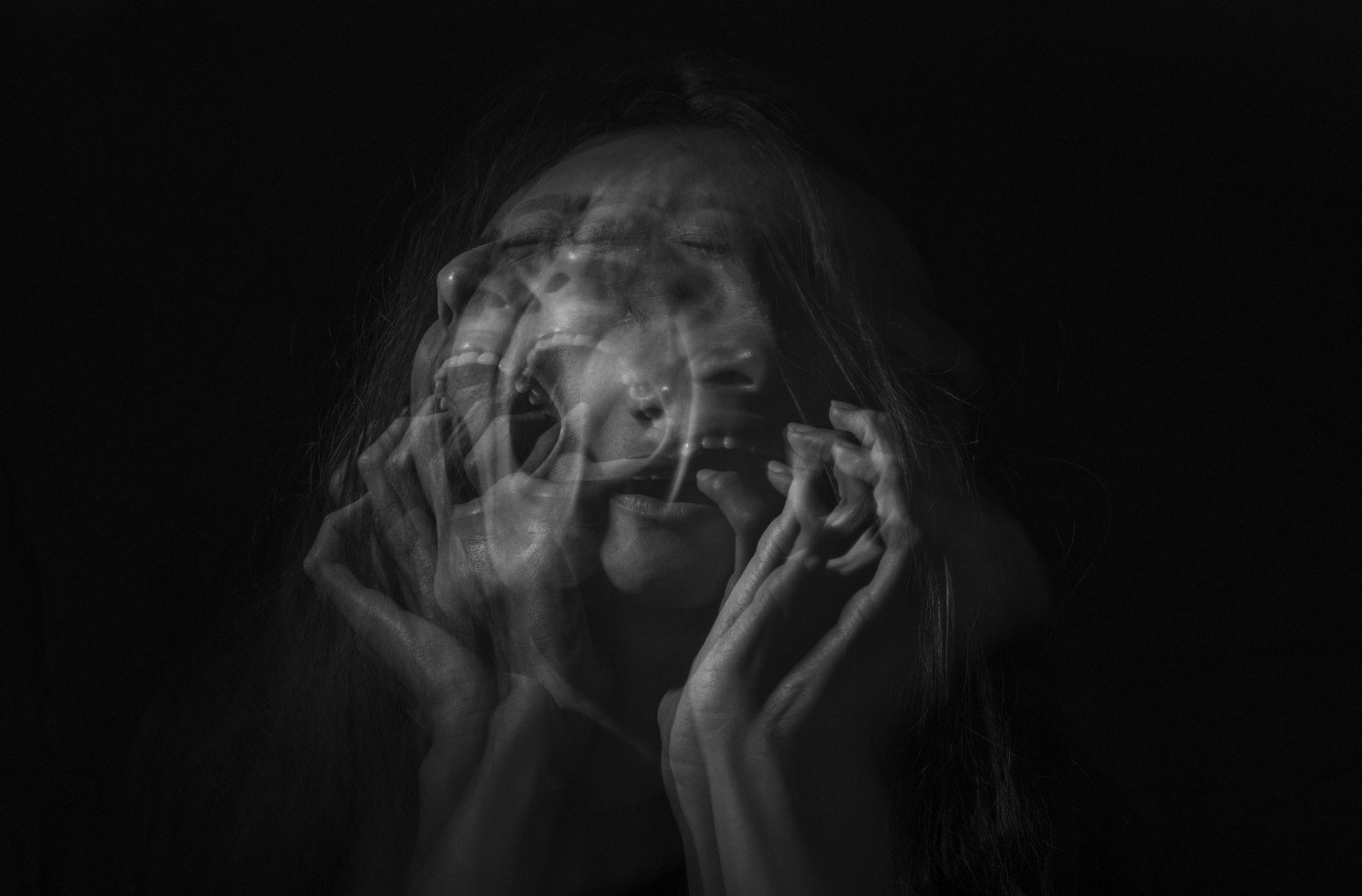The term ‘human trafficking is considered one of the vilest kinds of mistreatment that prevails around us at all levels. The issue exerts a serious effect on the many men, women, and children who are either being sold, bought, or forced at cross-international borders. The current financial scarcity has enforced all the workers especially those from the Asian countries being more susceptible to the systematized transnational traffickers often viewed as sources who have identified the basic fact that both the children and women have to look for their set of works to help sustain themselves and their families who are continuously being exploited now and then.
This blog was submitted by Priyadarshini Goenka and co-authored by Samir Prasad Ram. Priyadarshini has also written about Stan Swamy Case: Human Rights violation?
The root cause of human trafficking- at the grass-root level, the inhuman traffickers mostly target an individual’s helplessness, ill-fated state of affairs, unusualness, and immaturity levels. Such people are trained in such a manner that helps them distinguish vulnerability and use skillful administration to influence as well as control their victims. They can also recognize an invalid proposal to fulfill the same.
Susceptibility creates prospects for the traffickers- the sufferers are the ones who commonly reside in dangerous circumstances that make them highly vulnerable. The following element doesn’t cause trafficking that fallouts in a state of susceptibility and ideal prospect for them.
Table of Contents
Some major incidents related to cross-border trafficking
Many Bangladeshi girls had been in excessive demand in the marriage market in certain corners of India. While some were found existing as wives-cum-slaves in the cities of North India, one such town was Firozabad situated in Uttar Pradesh approximately 45 kilometers west of Agra. The city consisted majority of the migrant Bangladesh wives that came to settle in its slums mostly- Kashmiri Gate Mohalla, Hajipur, Ramgarh, Sukhia, and Ita with their counterparts. Most of their husbands belonged from lower strata of society and served as workers for small bangle factories, tea stalls, and workshops. The bangle factories had been most in their number and about 80% of the workforce which was comprised of females alone were paid only Rs. 15-20 per day.
Human Trafficking Statistics State Wise 2021
Generally, it is a woman who is targeted being an easy victim of sexual exploitation while the men are forced into any kind of labor-related work. Statistically, one in every five victims are children who often get exploited for unfair practices like begging, being found engaging in child pornography, or any other forced labor-related works. According to the Bureau of Justice all the cases that were recoded between January 2008 to June 2010 comprised of sex trafficking victims who were likely to be white (26%) or black (40%) compared to the others who were either Hispanic (63%) or Asian (17%). Back in 2019 the entire country had reported 11,500 active cases.
The Constitutional & Legislative Provisions
Firstly, the overall prevalence of Trafficking in Human beings or any person is prohibited under our Constitution as per Article 23(1).
The Immoral Traffic (Prevention) Act, 1956– has been considered as the foremost legislation that aimed at preventing such practices that intended at commercial sexual exploitation.
Criminal Law (Amendment) Act, 2013- had been in effect wherein Section 370 of IPC was substituted with two other Sections mainly 370 and 370A concurrently to help certify a complete measure which would help counter the menace of human trafficking of children for exploitative tenacities such as slavery, the serfdom of forced removal of vital organs.
Protection of Children from Sexual offenses Act, 2012- implemented from 14th November 2012. Perceived as a discrete law that aimed to protect any child from all forms of sexual abuse and mistreatment. It ensured summarized accounts for the different forms of abuses whether physical or sexual whether penetrative or non-penetrative in form of sexual assault or harassment.
How has India helped implement International Conventions on Human Trafficking?
UN Convention- India has ratified the UNCTOC (United Nations Convention on Transnational Organized Crime) that articulated one of its Protocols especially the Protocols Prevention, Suppression and Punishment of Trafficking in Persons explicitly Women and Children. Furthermore, it helped address the implementation of the convention as per the Protocol, a Criminal Law Amendment Act, 2013 was ratified wherein the above term had been well-defined effortlessly.
SAARC Convention- undoubtedly, our country has led a helping hand in the ratification process of the SAARC Convention on Preventing and Combating Trafficking in Women and Children for Prostitution. Additionally, a Task Force that operates at the regional level was also constituted to help implement the Convention. Until now five such meetings of the Regional Task Force had been recorded. The fifth one, in particular, was conducted at Paro, Bhutan from 11-12 April 2013 that offered a small study tour for all its registered members and was directed from 18-22 November 2013 to help address the involvements of the respective AHTUs (Anti Human Trafficking Units) that functioned in various parts of the country primarily the districts. The delegates came from Sri Lanka, Bhutan, and Afghanistan.
PROSTITUTION ASSOCIATED WITH HUMAN TRAFFICKING
Prostitution; A kind of practice in which people indulged in sexual intercourse with other for monetary gain, and the person who involve in this to gain money is known as a prostitute. Now talking about the important and question and confusing too that whether prostitution is legal in India or not?
The answer is still not cleared, it may be yes and no too, if we go with the legal scenario then prostitution is not a criminal offense but, running a brothel is illegal. According to the IMMORAL TRAFFIC (PREVENTION) ACT,1956 running brothels, soliciting, trafficking, and pimping are all punishable offenses in India.
There can be several reasons to involve in these activities but the most commons are human trafficking and poverty. Prostitution and human trafficking are both interlinked, and the initial stage starts with poverty. Poor women get trapped by the intermediaries, they assured them that they will provide them a decent job with decent salaries and sell them as sex workers.
LAWS RELATED TO PROSTITUTION IN INDIA
Section 372 and 373 of the IPC 1860 handle prostitution but it’s only up to prostitution of a child. The immoral trafficking act 1956 defines prostitution and talks about the related law.
Section 366A, 366B, 370A deals with the procurement of minor girls from any sources for sex and exploitation are punishing offenses.
LEGALAISATION AND CRIMINALISATION OF PROSTITUTION
We cannot deny the fact that the existence of prostitution is immoral to our society, and it has existed for a long time too, but many people want to earn money through sexual activities. Nowadays, we can’t ban prostitution, need to think about sex workers too they are human too and they are part of our society.
Numerous countries have legalized prostitution while others have criminalized it, here are some considering outcomes according to various reports.
LEGALIZATION OF PROSTITUTION
- Improve the standard of living for sex workers
- Gain respect in society (depend on time and varies from place to place)
- Economic empowerment
- Helps to reduce the number of kidnapping and rape
- Lower the evolvement of minority
CRIMINALIZATION OF PROSTITUTION
- Reduction in STDs cases
- Complete demolition of minor sex workers
- Reduction in violent sex over the time
- Reduce human trafficking
CONCLUSION
In the end from the detailed analysis as to how we can address the issue of trafficking?
All the respective organizations had been attentive in working with their resident police officials to help in the process that involved due identification and to be able to arrest traffickers. However, there are various measures one can help fight the above situation in their particular community.
- To help bring consciousness to our social circles so that our friends and family get to know about the issue.
- Deliberate undertaking with the regional counter-trafficking organizations and institutions.
- Donate monetary benefits to an institute that operates on the front lines.
- Call the National Human Trafficking Hotline if one identifies any mistrustful activity.
- Try and be a friend to someone who is lonely and defenseless.
No action is ever perceived as being small. This means we should never undervalue the difference one could make in someone’s life through that small act of kindness.
Both human trafficking and prostitution are interlinked, human trafficking rises due to the rise in prostitution. Rising demand for prostitution results in a rise in trafficking especially girls. If we talk about an issue like prostitution then there is no complete cure even if we criminalize or decriminalize it, enforcement of any of these two can give a positive as well as a negative outcome. It’s better if we put focus on the health and economic stability of sex workers rather than finding the solution for the abolition of this practice. Framing proper regulation will help the safety and security of sex workers therefore enforcement of rules and regulations is mandatory for the proper functioning of this practice without any violence.

Users not registered with Strictlylegal can Email us their content and the same are posted through this account. In case of abuse, kindly let us know at [email protected]




